Interviews & Reviews Issue 5 2021
Behind the Lens and In the Archive of Silas Vassar, III
Charlotte von Hardenburgh
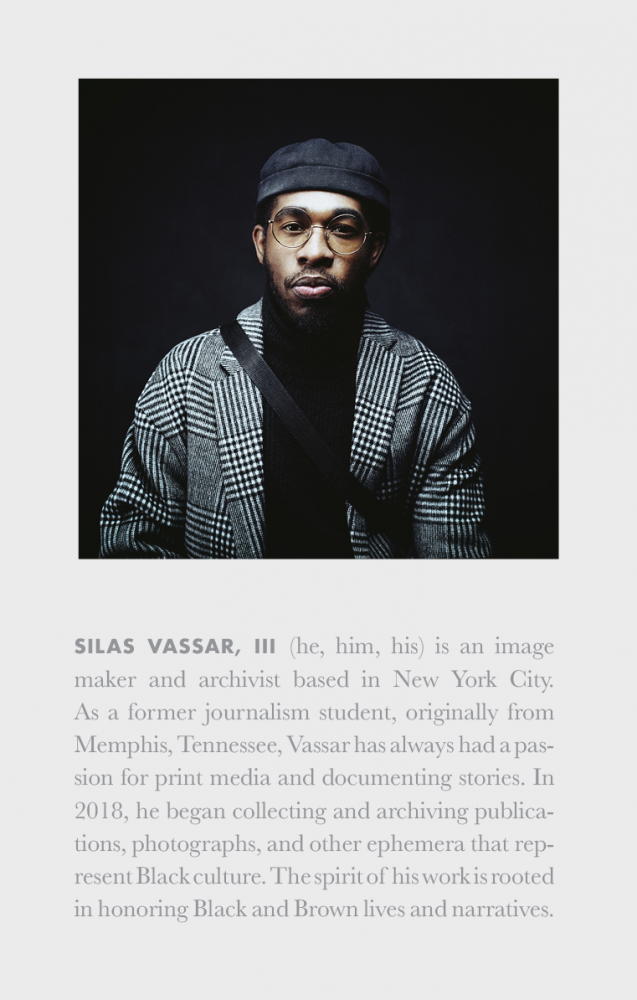 Behind the Lens
Behind the Lens
The portrait photography of image maker and archivist Silas Vassar, III represents both a moment and a mood. He captures slight movements and warm expressions with his lens—telling a visual narrative in each portrait. I met Silas while working on a photoshoot together in 2019 and since then, we’ve bonded over our mutual love for backless McQueen blazers and the song “Borderline” by Brandy. In 2020, Silas began candidly sharing objects (via Instagram) from his personal collection of archival materials. His collection expresses experiences; the collected objects and their stories are yet another portrait for him to capture.
Charlotte von Hardenburgh: What inspired you to start collecting?
Silas Vassar, III: Honestly, I can’t pinpoint one singular moment that sparked the flame to embark on collecting. As a child, I found solace looking through my family’s photo albums and always made a fuss when it was time to discard the past issues of publications like JET or Crisis Magazine that, without fail, piled up in one of my aunts’ closets. More recently, I’ve been made aware of how crucial it is as a Black artist that we remain the owners of our works and our stories. While I’ve subconsciously been collecting magazines since high school, I have to attribute my recent fervor for collecting and archiving all forms of Black art to the 2019 New York Times article, “A Last Look at Ebony’s Archives, Before They’re Sold”. After reading that a law firm was privately auctioning off the collection of more than four million prints and negatives from the archives of Ebony and Jet, I knew that if I was ever in a position to obtain photos, publications, and other collectibles which represent the rich history of Black culture, it was my duty to do so.
CvH: What was the first piece you collected for your archive?
SV: During a visit to a stoop sale in Flatbush I acquired a 1973 issue of ESSENCE and a 1966 issue of LIFE featuring cover stars Sammy Davis, Jr., Harry Belafonte and Sidney Poitier.
CvH: What is your favorite piece in the archive?
SV: My favorite piece, which is yet to be in my physical possession, but has been purchased, is an original 120mm color film negative of Muhammad Ali in training (year unknown, but believed to be late 60s-early 70s).
CvH: What is your collection process like? Do you seek out items for the archive or does acquiring items happen by chance?
SV: My method for sourcing items for the archive has been an unorthodox combination of rabbit hole finds and fate. Typically seeing an Instagram post from one of my favorite archival platforms will lead to a Google search that turns into a deep dive through the crevices of eBay and ultimately end on an obscure seller’s website. The artifacts I’ve been fortunate enough to acquire in person have all felt like the scene in Little Shop of Horrors when Seymour sees Audrey II for the first time during the solar eclipse—just falls into my hands (da-doo).
CvH: Does your collection predominantly have one medium or category of design? Print design? Fashion? Photography?
SV: While I do feel a calling to collect, I also understand and respect that it is not my purpose to acquire any and every thing that speaks to the Black experience; therefore, my collection process speaks from a place of personal taste and convenience. Currently I’ve only collected works of the print design medium—publications, photographs, film negatives, etc. That is, in part, due to my love of journalism and my work as a photographer. Though I hope to own sculptures and large scaled art one day, as a budding collector and archivist who is both living and storing inside a small NYC apartment, the print medium consumes less of my space.
CvH: If you were to put together an exhibition to show someone from the future what 2020 was like for you, what three objects (either from your archive or not) would you select to capture this time?
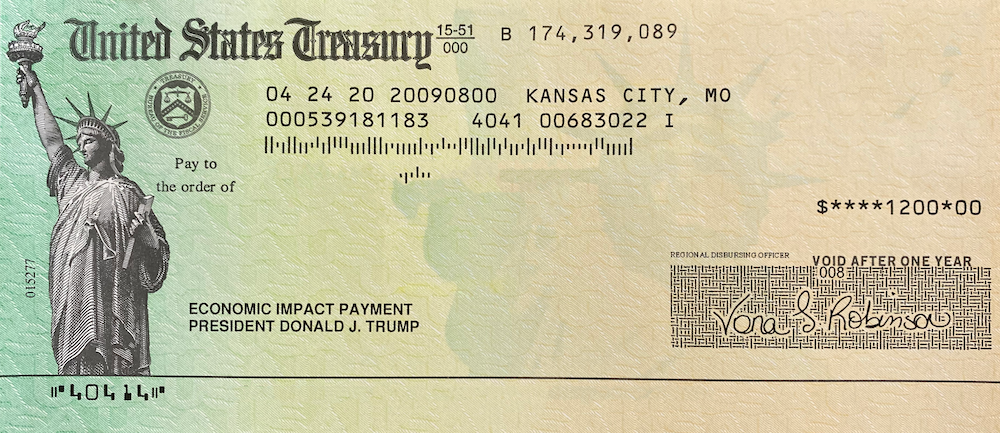
Fig. 1 $1200 stimulus check from the United States Treasury, April 2020, ink on paper.
SV: The $1200 stimulus check (Fig. 1), The New York Times’ Art & Leisure section from Sunday, June 21, 2020 that features self portraits of some of my favorite contemporary Black photographers reflecting on America, and a mask by artist Darius Moreno.
CvH: Lastly, could you comment on the naming of the archive? I remember in one of your Instagram stories someone had replied calling it, “The Black Archive” and you had said, “I prefer to call it An Archive of Blackness.” Naming has such a potent and personal quality and I’d love a little insight into the idea.
SV: I’m still unsure of the official name of the archive but recall naming it “Archive of Blackness” when I initially shared it to Instagram. The name is in reference to the vocal and instrumental ensemble Sounds of Blackness whose songs “Optimistic” and “Hold On (Change Is Comin’)” are, to me, quintessential songs to the Black experience. Whenever I hear either song, I am filled with joy, encouragement, and pride. It is my hope that those same feelings are felt by those who bear witness to my archive.
In the Archive
Image maker and archivist Silas Vassar, III presents Objective readers a selection of objects from his archive, captioned in his own words, and photographed by Silas in March 2021.
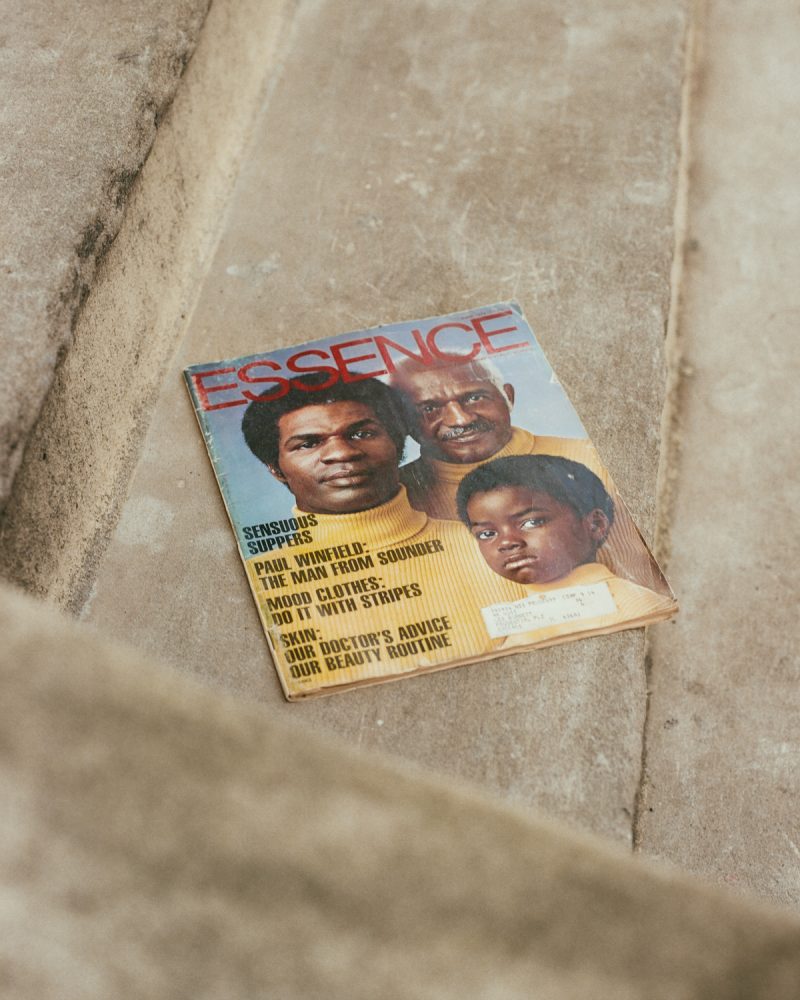
Fig. 2 ESSENCE, vol. 4, no. 2, June 1973
Images of Black fatherhood are important to me because I believe they are beautiful, profound, and ultimately revolutionary. It is imperative to debunk the myth that Black fathers (and/or father figures) are, by large, absent from their children’s homes. As someone who lived in a two-parent household until my father’s death, seeing representations of Black fathers brings me both immense joy and comfort. Knowledge of the 1973 cover of Essence Magazine (Fig. 2), which features three generations of Black men by photographer Ken Morri first came to me during a Tumblr binge years ago. Since then it has been etched into my memory and even used in a couple of mood boards as inspiration for my personal photography work. It wasn’t until 2019 that I was fortunate enough to acquire it from a stoop sale in Flatbush. Given that it is a lifestyle magazine written for African-American women, I appreciate and am honored that they decided to, as an editor stated on the contents page, “dedicate this ESSENCE issue to our beautiful Black men.”
Artist and photographer Travis Gumbs, whose early work inspired my move to New York City, made an image that, in my opinion, was truly before its time. In 2017, Gumbs shot the campaign for LUAR’s upcoming SS18 men’s collection and subsequently sold prints of the work for he and his wife’s creative studio Maroon World. Although I initially purchased this print (Fig. 3) in 2018 solely based on aesthetics, I love that I can look to it as a reference to speak to a completely separate space and time.
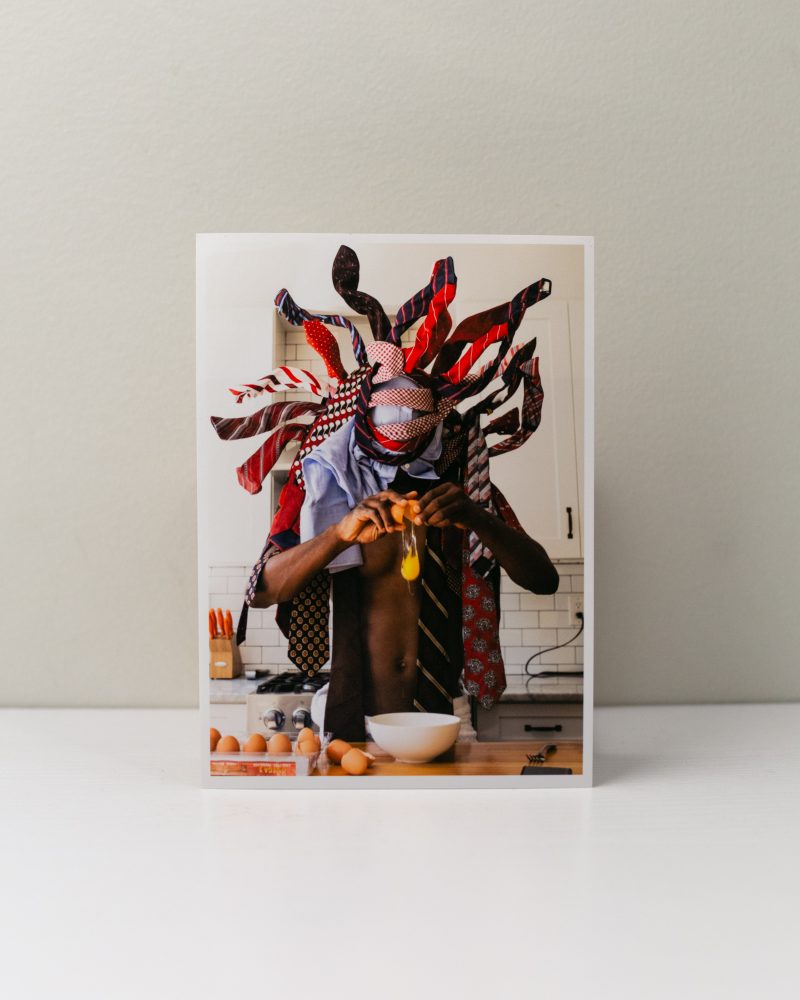
Fig. 3 Travis Gumbs, Corporate Head (#1 in a series of 3), 2017.
While I don’t know the inspiration or story behind the shoot, I feel this image is eerily indicative of the effects of the 2020 global pandemic on our society. For most of 2020 we were on lockdown inside our homes, tied to work and happy hour Zoom calls (dressed only from the waist up), trying new recipes and scrolling aimlessly on our phones. This image, though shot three years prior as a means to advertise a fashion collection depicts my and many of my friends’ lives during the pandemic so accurately and vividly. That is what good art does; speaks to the time during which it was made and also to a time the artist may or may not live to see, thereafter.
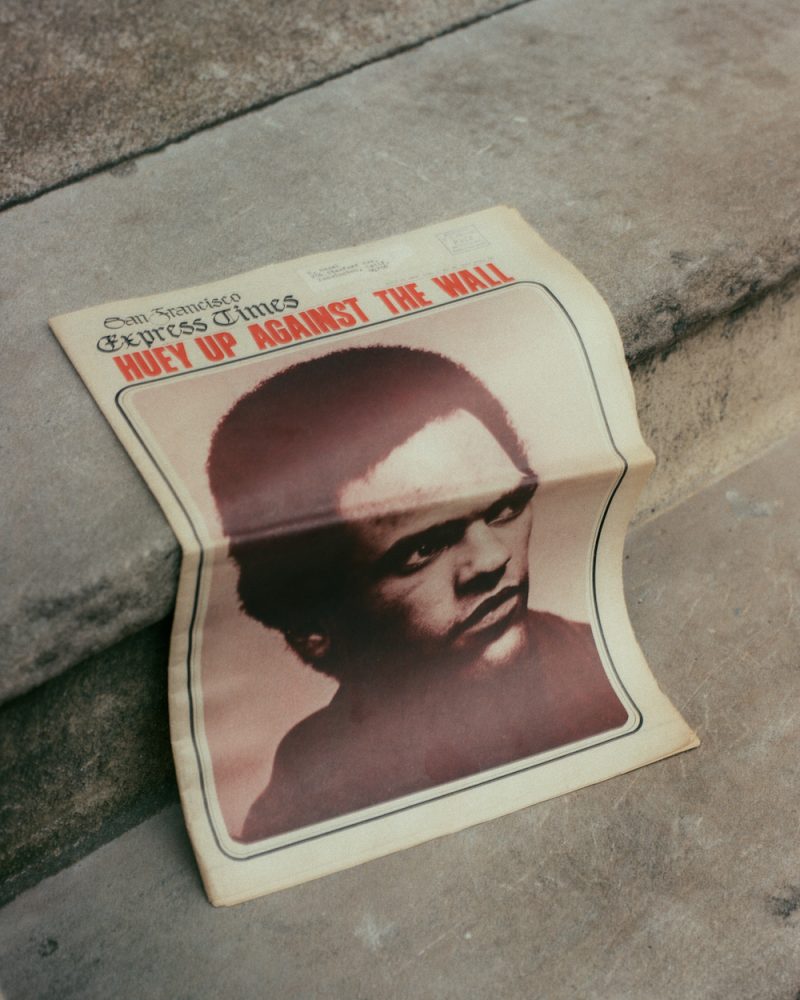
Fig. 4 “Huey Up Against The Wall.” San Francisco Express Times, vol. 1, no. 26, July 17, 1968.
San Francisco Express Times was a weekly counterculture tabloid underground newspaper which covered radical politics, rock music, art, and progressive culture in the Bay Area. The July 17, 1968 issue (Fig. 4) speaks to a pivotal time in history for Black revolution and civil rights. Co-founder of the Black Panther Party, Huey P. Newton was on trial and three months earlier Reverend Dr. Martin Luther King, Jr. had been assassinated. I was made aware of Express Times in 2020 and sense that my recent acquisition of this issue in particular comes at a time where my community is actively working to reignite the revolution and continuing the fight for civil rights.
Note from the Editors: To explore The New Black Archive curated by Silas Vassar, III follow along on Instagram.
is a student in the History of Design and Curatorial Studies MA program offered jointly by Parsons School of Design and Cooper Hewitt, Smithsonian Design Museum and also pursuing a graduate certificate in Gender and Sexuality Studies from The New School for Social Research. A fellow in the museum’s Textiles Department, she is currently working on her curatorial capstone for the upcoming exhibition Design, Texture, Color: Dorothy Liebes and the Textiles of the Modern Interior. She is Managing Editor and co-Editor-in-Chief of the fifth issue and first online version of Objective.
